What are the must-see Nazi relics located across the USA?
When it comes to Nazi Germany and what’s left of it, the majority of things, including relics, uniforms, badges, and other stuff, are well preserved in Europe. However, some Nazi relics can be found in the U.S. as well.
For those who study history with greater commitment, it is possible to see the ruins of the lost Aryan kingdom in the United States, thanks in part to Hitler’s scattered followers who were never found.
You can witness remnants of the Nazi regime throughout the US, from a practically complete U-boat to the still-existing planned town on Long Island. But I don’t want to bore you with long introductions, so let’s start:
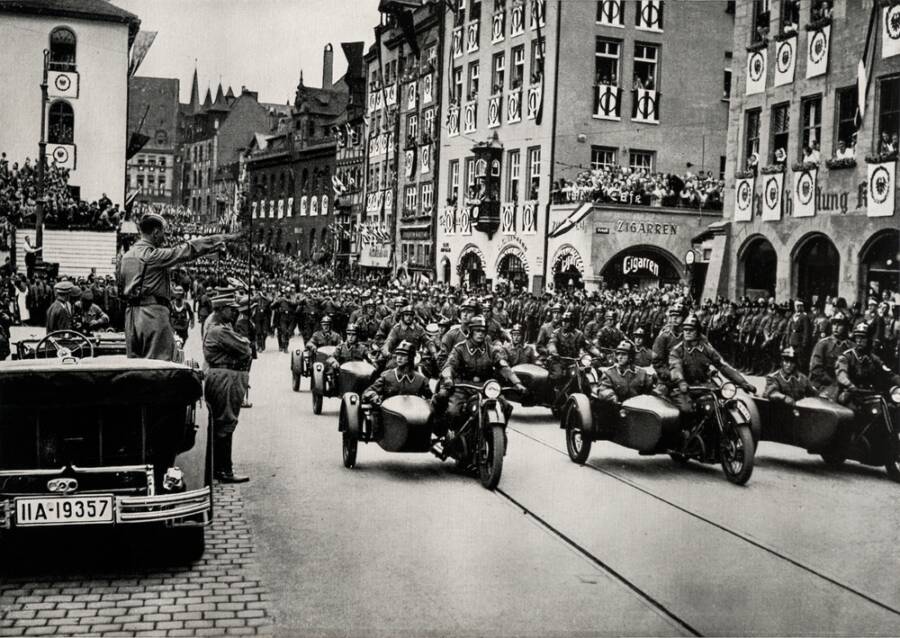
Hitler’s limousine
Every single history enthusiast dreams about seeing all the stuff they read about in books in real life. But how many of us are actually lucky enough to travel anywhere in the world to see everything? Well, one thing is for sure: if you’re located in the U.S., especially in southern California, it would be a pity to not pay a visit to the General Lyon’s Automobile Collection.
If you’re a fan of vintage or unique car models, then you should know that one of the greatest Nazi relics is held here. The 1941 Mercedes-Benz 770K Grosser W150 Offener Tourenwagen known as Hitler’s limousine can be seen in this collection.
For those who hear about this for the first time, this limo is one of the rarest models ever made; this one only ever transported the Fuhrer twice, on a journey through Scandinavia, despite all of its special compartments and embellishments.
However, the automobile was made especially for him and has become a celebrity in and of itself since after the end of World War II. Everywhere it was displayed across the US, it drew crowds. Eventually, even this gigantic car—which weighs five tons in part because of its armor and the necessity for specially-made tires that can endure pressure—could only enjoy a brief period of glory.
It deteriorated until William Lyon and his father purchased it and restored it step by step. It is now on display in the General’s collection, a disturbing reminder of Hitler’s luxury, sitting on a revolving platform that is no longer functional due to the weight of the enormous automobile.
Army’s secret treasure room
Not as grand as Hitler’s limousine, yet among the Nazi relics located in America is a warehouse from WWII. The US Army maintains this storehouse in Fort Belvoir, Virginia, which is home to over 16,000 artworks, firearms, uniforms, and other war supplies.
These include works by Hitler himself, produced years before he became the leader of his party, and propaganda art that was seized from the Third Reich during World War II.
The collection will presumably be on exhibit in a museum that the army plans to construct on Fort Belvoir; until then, the only ways to see what’s within this warehouse are online and through other media.
German Walther PP 7.65-mm
During World War II, it was common—though currently prohibited—to steal belongings from fallen enemies. After all, they couldn’t see it anymore, right? Jokes aside, one of the most popular and sought-after things were weapons, particularly German pistols.
Major General William P. Levine of the US Army, one of the highest-ranked Jewish generals in American history, came into possession of one such weapon. Levine was among the first soldiers to liberate the concentration camp at Dachau. He subsequently did interviews with both captors and prisoners to ensure that the truth about what had happened there was documented.
He carried the pistol with him till he passed away, having taken it from a German officer who had been taken prisoner. For anyone interested in seeing this Nazi relic, it is currently on display at the Pritzker Military Museum in Chicago.
When it comes to history, I don’t think we will ever be able to say, “That’s it, we know enough.” There will always be enigmas, myths, or political ideologies that will seem new, and every history enthusiast will be curious to know about them. And that’s the beauty of it! So, in case you want to switch things up and instead of reading a book on your try an audiobook about Hitler’s life, conspiracy theories, and maybe a couple of other things that are completely new to you, check out this book, The Rise and Fall of Adolf Hitler available on Amazon.
For 3 hours and a half, you will be “invaded” by information, facts, and other things that I promise won’t bore you at all. Based on other readers’s opinions, this book is a must-have for all those curious about World War II history.
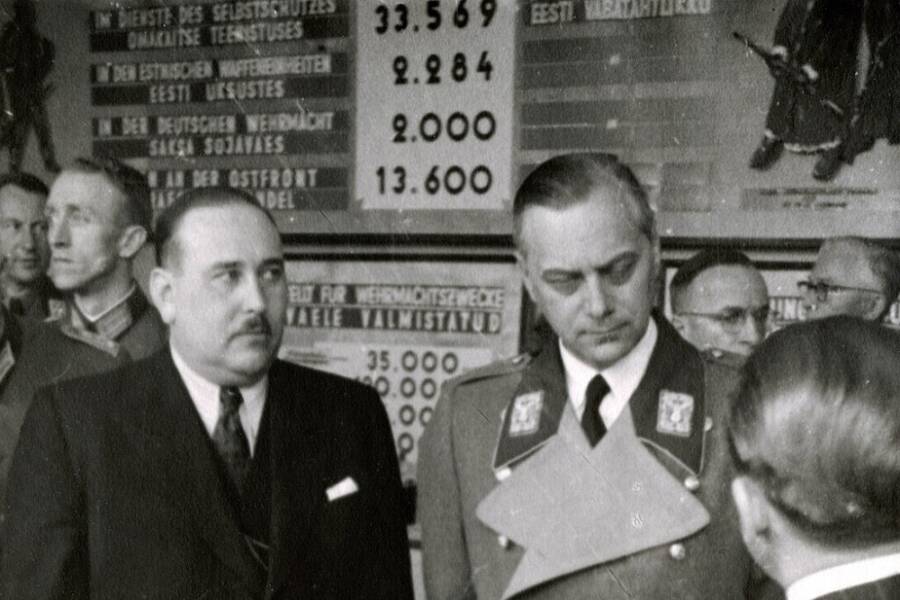
Alfred Rosenberg’s diary
Picture finding the long-lost journal of a guy who led the party temporarily before Hitler, and organized his task force to steal European art to help finance Hitler’s ambition. Suppose the contents of this diary revealed the inner thoughts of a guy who wrote a book on the battles the Aryans fought against the Jews. For a historian, this may be the key to comprehending a contentious and catastrophic era of history.
That’s why I wanted to include it on the list of Nazi relics that have been on the American territory since 2013 and could be seen at the US Holocaust Memorial Museum in Washington, DC.
A planned to be Nazi community
In Europe and America alike, the 1930s were a decade marked by radical movements. One such organization aimed to teach young Aryans and promote German language and culture. It was founded by the German Settlement League and the German-American Bund.
A planned town that still exists today close to Yaphank, Long Island, is called German Gardens, also known as Siegfried Park. Even though the envisioned community’s documents were attempted to be deleted in 1995, they are still preserved and serve as a moving reminder of what might have been.
Of course, all the more unpleasant street names have been altered, but many of the streets still go by their original names. The streets themselves remain as originally designated. You may take a walk down Goering Street, which was previously named Adolf Hitler Street.
After some time, the community decided to abandon its policy of limiting the racial composition of its residents, a policy that had long ensured that all of its citizens had some German ancestry, even after Hitler’s downfall.
Looted souvenirs from Eagle’s Nest
On May 5, 1945, the 101st Airborne Division invaded Hitler’s mountain hideaway and took Berchtesgaden, giving the men who came a chance to grab some extremely rare items.
For the troops of Easy Company (famous for Band of Brothers), this meant leaving enormous amounts of riches for them to steal. Being the “first” American to enter the citadel perched high in the Alps, Fred Butts was no exception.
Personalized wine glasses, a stainless steel tray, Hitler’s unique leather-bound phone book, a tapestry, a blanket, the key to the fortress’s front entrance, many accolades bestowed upon him by different German mayors, and a bed sheet to cover it all were among the stolen items.
These items, or at least some of them, are now in a private collection located in Cape Cod, Massachusetts.
Bottom line:
I understand that some of this Nazi relic topic may be sensitive and maybe a little bit too much for some people. But it is important to acknowledge that above all, this is history, and regardless of how terrible the events were at that time, new generations must be aware of them. Educating people about what happened is going to help prevent such atrocities from happening again.
Have you ever come across any artifacts from the Third Reich in the United States? If so, please let us know in the comments section.
Interested in continuing lecturing on the same path? I got you! Check out Childhood in Nazi Germany: A Historical Perspective.

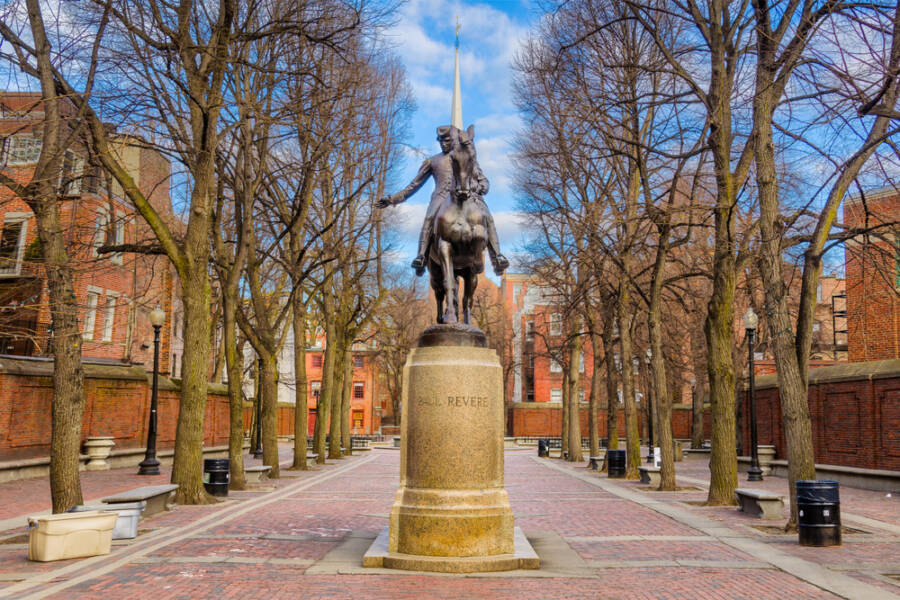
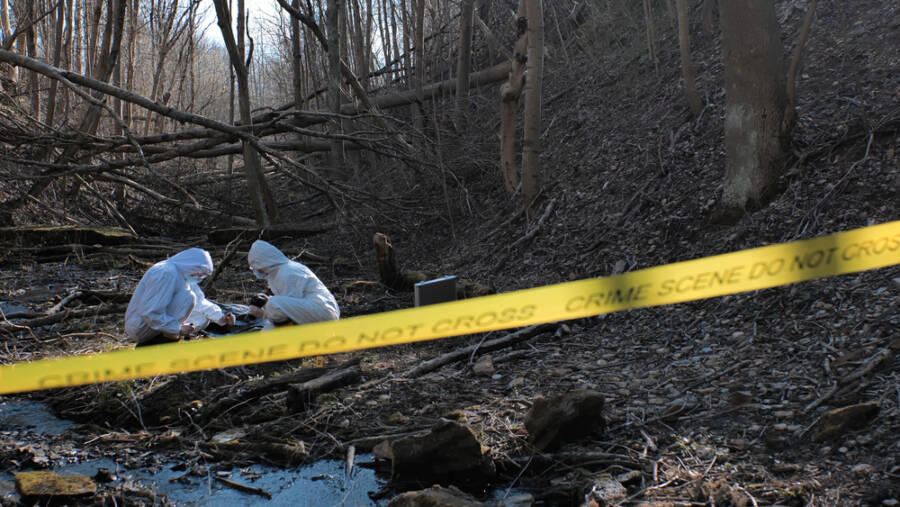

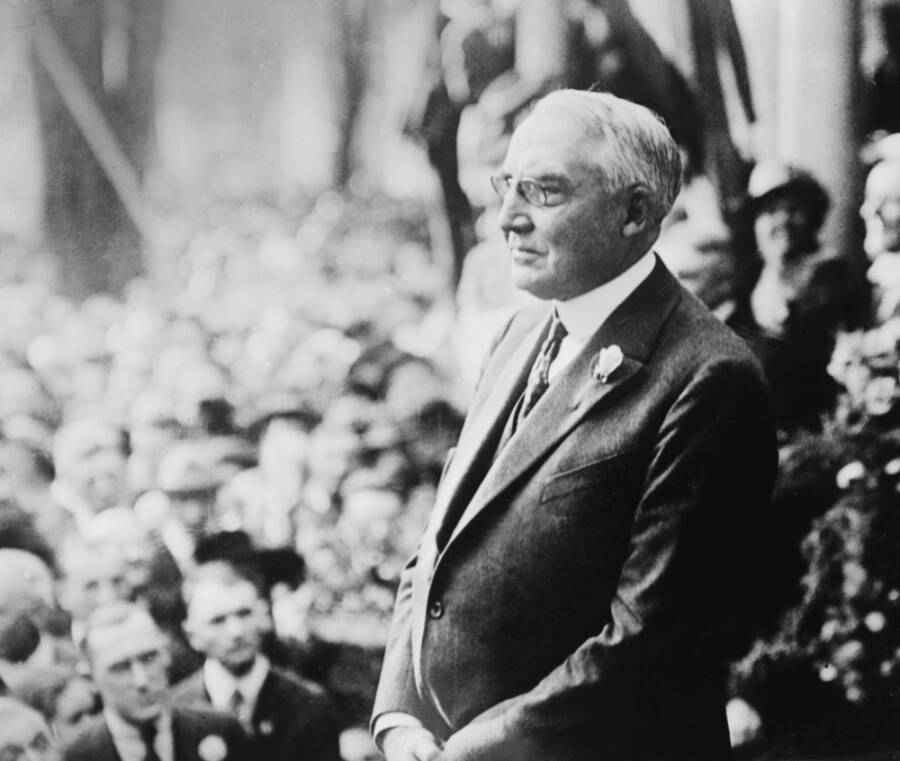

2 Responses
I have an ss dager. The leather has come off most of the scabbard. I believe the color was gray.